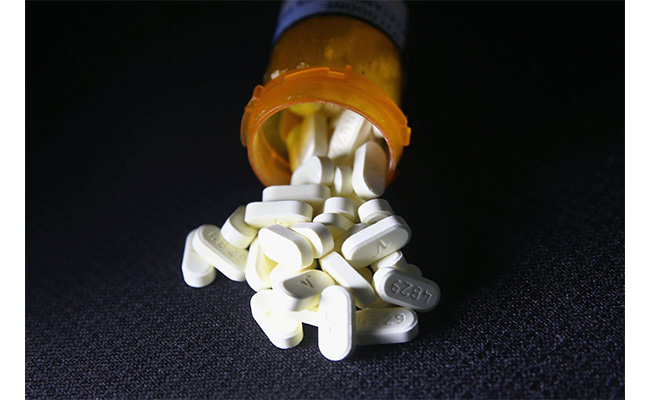Recognizing the Subtle Signs of Depression in Men
What is Depression
Depression is a mental illness. It is outlined in the DSM with specific criteria that must be met in order to receive the diagnosis. Although depression is often used interchangeably with the word sadness, it is very different. Depression does not necessarily depend upon circumstances and is persistent, even when life is good. Depression can be tricky and can present a bit differently between men and women. This article will focus on general symptoms of depression. As well as those more common in men.
Depression Symptoms
When first recognized, clinical depression was seen as a women’s disease. The truth is that both sexes suffer from depression. The problem is that many men go untreated because of the feeling that depression tends to be a ‘female problem’.
The common symptoms of depression include weight loss or gain and changes in appetite when the person is not trying to diet. It’s also common experiencing Insomnia or hypersomnia, and fatigue or loss of energy nearly every day. Common symptoms also include psychomotor agitation or retardation, feelings of worthlessness or guilt, and an impaired ability to think that occurs almost daily. Some may also have recurrent thoughts of death or suicide with or without a plan. These are the most common of symptoms and what physicians tend to look for when first diagnosing. It is fully possible that men and women alike can have these symptoms, but for men the list is a bit different.
What are Depression Symptoms in Men
Men experience emotional issues differently from women, this often includes depression symptoms. Men are more likely to feel very irritable or tired. They are also more likely to lose interest in things such as work, family, and hobbies. Some may also have difficulty sleeping, worrying about even minor issues. Men may also show extreme symptoms in other areas. You may notice excessively overeating or not eating at all, sleeping too much or not at all, and have difficulty concentrating. They may also complain of feeling very tired with feelings of irritability, hopelessness, and even anger being prominent. Men may also be more prone to suicidal thoughts, as well as somatic complaints like aches and pains, headaches, or even digestive issues.
Treatment

Beyond lifestyle changes, psychotherapy, behavioral or talk therapy, can also be helpful. Cognitive Behavioral Therapy (CBT) has shown effective for depression, as has problem solving therapy to deal with basic life stressors. Medication may also be prescribed to alleviate symptoms, but should not be considered a cure all as daily changes and therapy are also often needed. Finally, in severe cases, especially those in which the person is suicidal, hospitalization may be necessary until the person has reached a better frame of mind.
Whether man or woman, depression is real and can wreak havoc in a person’s life and overall well-being. If you or a loved one is showing signs and symptoms, seek help. There is never shame in asking for help when it is needed and can change your life for the better.
CLICK HERE to get a Free Confidential Addiction Rehabilitation Assessment.


















